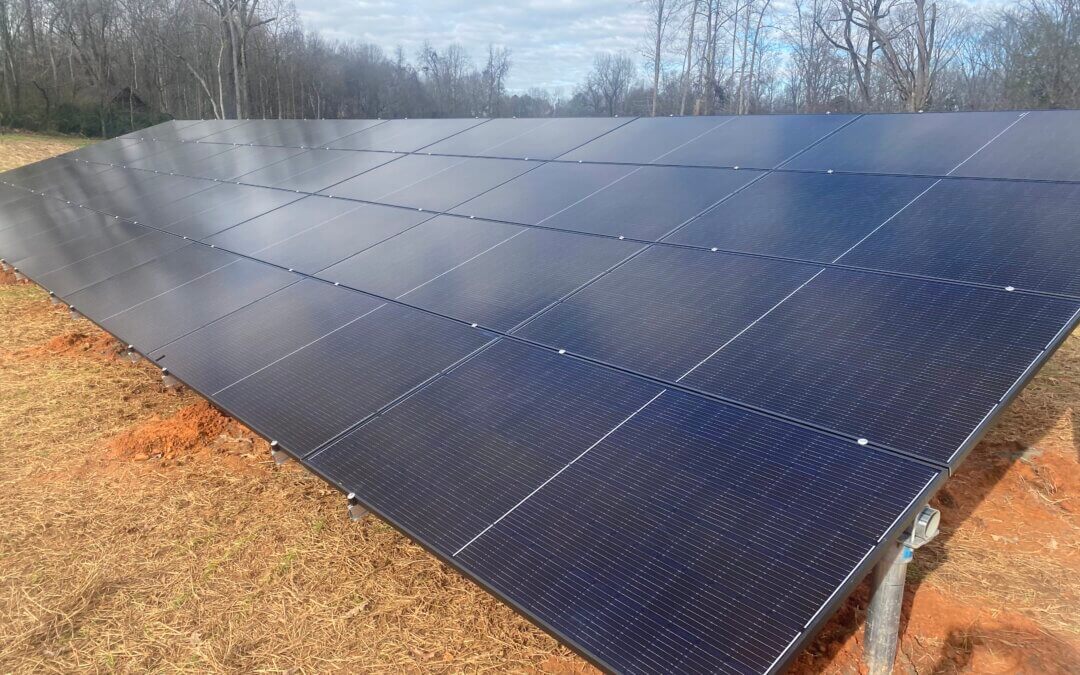Solar panels are designed to produce electricity for a long time, typically ranging from 25 to 30 years. However, their lifespan can vary depending on various factors such as the quality of the panel, the installation process, and the weather conditions in the area. Generally, solar panels experience a gradual decline in efficiency over time, which means that they produce less power as they age. This is due to the degradation of the materials used in the panel and the accumulation of dirt and debris on the surface. Regular maintenance and cleaning can help extend the lifespan of solar panels and ensure that they continue to produce power efficiently for as long as possible.
Do Solar Panels Last Longer Than Expected?
There have been cases where solar panels have lasted much longer than their anticipated lifespan. For example, a solar power plant in California called the Solar Star project, is expected to produce electricity for at least 35 years. However, some of the older solar panels installed at the site more than 40 years ago are still functioning at near-optimal levels. Another example is the Tarrytown Honda dealership in New York, which installed solar panels in 1983 and still uses them to power its showroom and service area today. These cases demonstrate that with proper maintenance and care, solar panels can last longer than their anticipated lifespan and continue to produce clean, renewable energy for many years.
But the most exceptional example of the durability of solar panels comes from outside our Earth’s atmosphere. Solar panels have been used extensively in space exploration and satellite missions. For instance, the International Space Station (ISS) is powered by eight solar arrays that generate a combined output of up to 120 kilowatts of electricity. The arrays consist of highly efficient silicon solar cells, which are protected by a layer of glass and a protective cover made of materials such as Kevlar.
Another notable example is the Mars Exploration Rovers, Spirit and Opportunity, which were launched by NASA in 2003. Both rovers were equipped with solar panels that powered their operations on the Martian surface. The panels were designed to withstand the harsh environment of Mars, including the extreme temperature fluctuations and the abrasive dust storms that can occur on the planet.
The use of solar panels in space exploration has proven to be a reliable and efficient source of energy for powering spacecraft and scientific instruments. It has also paved the way for advancements in solar cell technology and the development of new materials that can withstand the harsh conditions of space.
It turns out that the longest-lasting of any technology in space is actually solar panels. This article in Smithsonian Magazine explains how solar panels are still working in space after 59 years!!!
https://insideclimatenews.org/news/03112022/why-the-feared-wave-of-solar-panel-waste-may-be-smaller-and-arrive-later-than-we-expected/
As proud SUNPOWER and GAF Energy dealers, SHS is proud to offer some of the best warranties in the solar business – 25 years of production. But we also know that there is no reason our panels shouldn’t continue to produce power long past that 25 years.


